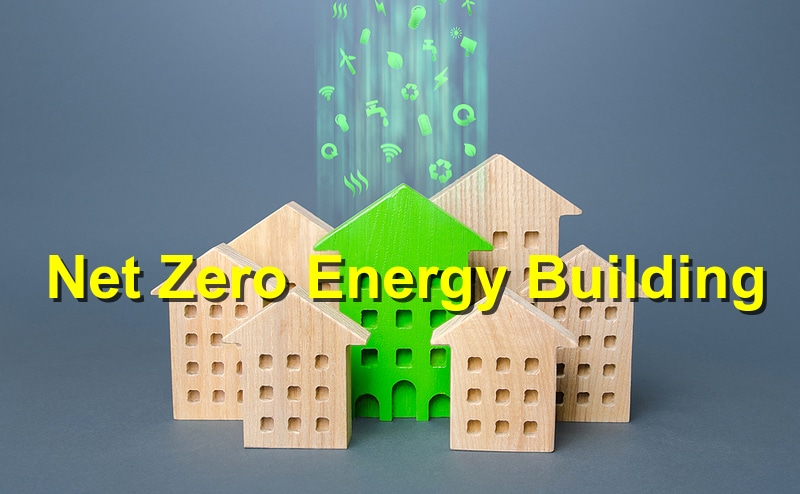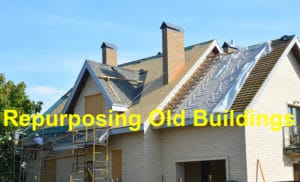You must have come across NZEB and wondered what exactly it means, well here it is. You see, NZEB stands for Net-Zero Energy Building, which simply implies that this structure employs only renewable energy sources to meet its overall energy demands. In other words, it is a building that produces just about the same amount of energy that is used in a given set of times, mostly a year. This definition is borne out by the fact that statistics show that buildings in the United States account for the largest share of overall energy consumption. In other words, targeting and streamlining the energy use in these structures can effectively tone down and decrease the country’s overall carbon footprint, which can go a long way in aiding the universe’s climate change efforts.
The Metrics Used to Rate and Define Net Zero Energy Buildings (NZEBs)
In case you are wondering, there are quite a few metrics that are used to define the performance of architectural structures, and these include;
· Net Zero Site Energy – This defines how much is generated and consumed at the building. It does not consider how and where the energy comes from in the first place. A net zero site energy structure has to generate as much energy as possible.
· Net Zero Source Energy – This is the introductory amount of energy required to deliver and extract usable energy to a site. This considers energy wasted or lost in the distribution, generation, and eventual transmission.
· Net Zero Energy Emissions – A building is referred to be a net zero energy emission structure it does not use any energy that will eventually lead to environmentally-harmful emissions.
· Net Zero Energy Costs- This is the most basic metric that defines what it takes for a building to have an energy utility bill of just $0 over the course of a specific period, such as a year.
In Closing
Eventually, the priority of NZEB criteria is to devise a design that minimizes the energy utilization of a building through efficient planning and implementation of the architectural background. This is possible through the development of daylighting, high-performance envelopes, natural ventilation, conservation of water, adding shading and sun-control devices, and adding passive solar heating.




